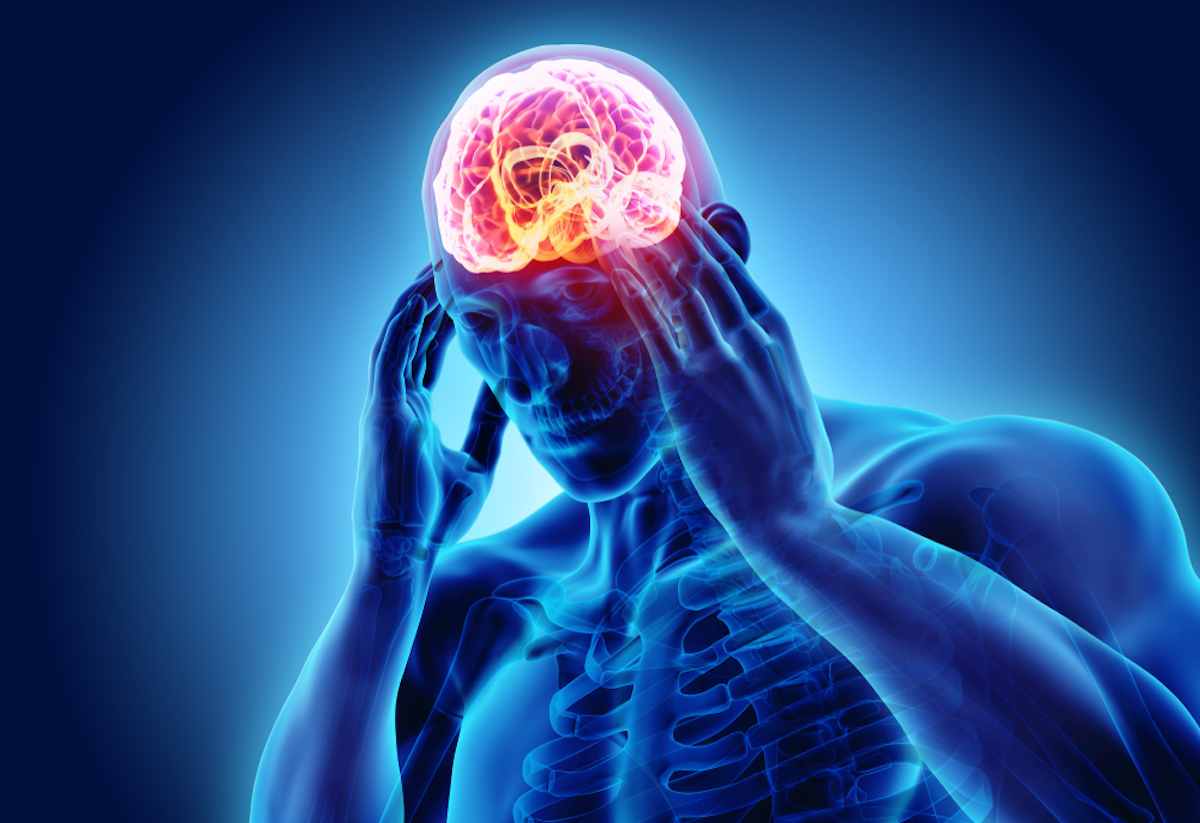Everyone suffers from headaches from time to time. This can have several causes; they are often quite harmless and easy to solve. You take an over-the-counter painkiller or drink a few glasses of extra water; before you know it, the headache is gone. A migraine is often dismissed this way but is a completely different condition. Of course, you also suffer from headaches, but these often have very different causes and way more symptoms.

There are an awful lot of types of migraines and every person is different. One person has a gigantic headache for two days, while another has to lie in bed in a pitch-black room for a week because even the slightest light is intolerable. Diagnosing it can be hard, that’s why it’s important to know what are possible causes, how you recognize the symptoms, and how you can treat this.
Different Types of Migraines
About 1 in 7 adults in our country is affected by migraine attacks. When they say I’m suffering from migraine, it doesn’t say much – except that they suffer from severe headaches. Why is that? Well, the term is just an umbrella term for a neurological disease that is divided into many different types, all with their symptoms, causes, and severity. The types are called:
- Complicated Migraine (Migraine with Aura)
- Common Migraine (Migraine without Aura)
- Migraine without Head Pain
- Hemiplegic Migraine
- Retinal Migraine
- Chronic Migraine
- Ice Pick Headaches
- Cluster Headaches
- Cervicogenic headache
- Abdominal Migraine
- Status Migrainosus
- Menstrual Migraine
- Basilar Migraine
What Is the Difference Between Migraine With or Without an Aura?
The aura is a sensory and/or visual warning signal that alerts you that you are about to have an attack. It often occurs 10 to 30 minutes before the attack. These signals can vary from person to person. Some people experience black dots in their vision, and others experience tingling numbness in a part of the body or difficulty speaking. Migraine without Aura means you don’t get these warning signs, which makes this a harder type to diagnose because it has a lot of overlap with other types.
The other mentioned types are diagnosed by how often you have headaches (chronic migraines), how severe they are (cluster headaches), and what kind of pain and symptoms it causes. For example, in Retinal Migraine, the person loses vision in one eye for an indefinite period. This can go on for a few minutes or months. Continue reading on the next page, and discover, among others, what triggers certain it.

